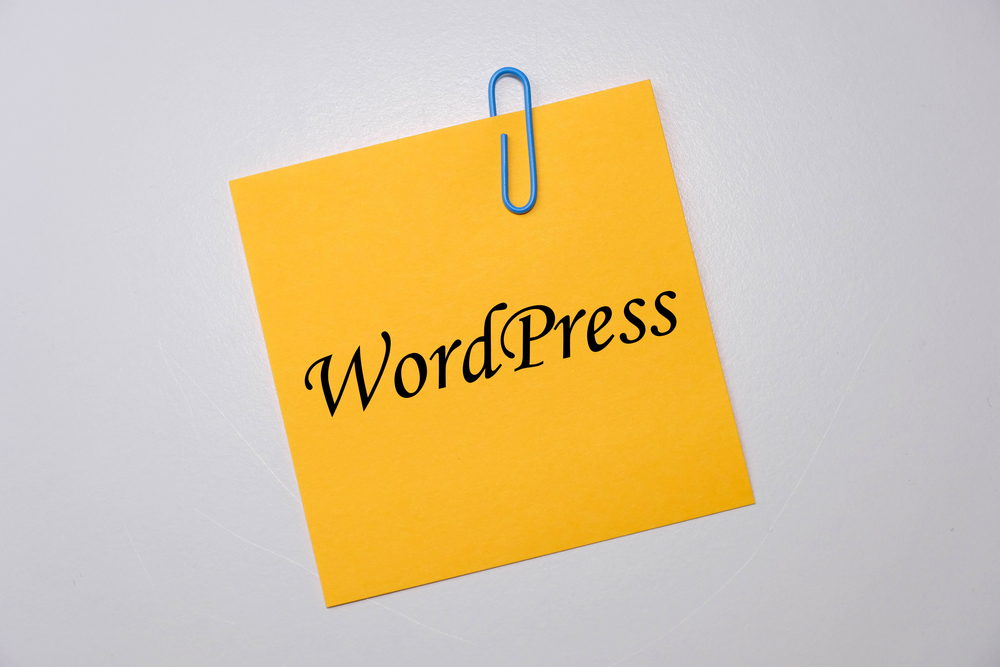
WordPress (WP) has emerged as one of the most popular content management systems (CMS) in the world. It offers a flexible and user-friendly platform for building professional websites. Whether you are a novice or an experienced user, it is essential to master WordPress (the blogging platform) to create a stunning website that not only attracts visitors but also keeps them engaged. In this article, we will explore some essential tips and tricks for WordPress website customization and maintenance.
1. Choose a Reliable Theme:The first step in creating a WordPress (the platform for bloggers) website is selecting a suitable theme. The theme determines the overall appearance and functionality of your site. It is crucial to choose a theme that aligns with your website's purpose, target audience, and visual preferences. Look for themes that are regularly updated, responsive, and offer good support. Opting for a well-coded theme ensures a solid foundation for customization and maintenance.
2. Customize Your Website with Plugins:
Plugins are the backbone of WordPress (or WP) . They add additional functionality to your website without requiring any coding skills. There are thousands of plugins available, allowing you to extend the capabilities of your website. For example, if you want to add social media icons, an SEO plugin, or a contact form, there is likely a plugin available for it. However, it is essential to choose reliable and frequently updated plugins from reputable developers to ensure compatibility and security.
3. Optimize Website Performance:
Website speed is crucial in today's fast-paced digital world. Slow-loading websites not only frustrate visitors but also negatively impact search engine rankings. To optimize your website performance, consider implementing the following:
- Use a caching plugin: A caching plugin creates static HTML files of your website, reducing the processing load on the web server and improving speed.
- Optimize images: Large image file sizes can significantly slow down your website. Use image optimization plugins or tools to compress and resize images without compromising quality.- Minify files: Minifying files involves removing unnecessary characters and white spaces from CSS, JavaScript, and HTML files, reducing their overall size and improving load times.
4. Regularly Backup Your Website:
Website backups are like an insurance policy. They ensure that you can recover your website in case of any unforeseen events such as server crashes, hacking attempts, or data loss. WordPress offers several backup plugins that automate the backup process, allowing you to schedule regular backups and store them securely on remote servers or cloud storage. Backup plugins also provide easy restoration options, making it simple to revert your website to a previous version.
5. Secure Your Website:
WordPress is a popular target for hackers due to its widespread usage. Securing your website is crucial to protect sensitive data and maintain a trustworthy online presence. Here are some essential security measures:
- Keep WordPress, themes, and plugins updated: Regular updates often include security patches, fixing vulnerabilities and improving overall security.
- Use strong passwords: Choosing unique and complex passwords for your WordPress admin account and any other privileged users is essential. Consider using a password manager for added convenience and security.- Limit login attempts: Brute force attacks target the login page by trying various username-password combinations. Install a plugin that limits login attempts and blocks IP addresses after multiple failed logins.
- Install a security plugin: WordPress security plugins offer features like malware scanning, file integrity checks, and firewall protection. These plugins can significantly enhance your website's security posture.
Frequently Asked Questions:
Q1: Can I change my WordPress theme after building my website?A1: Yes, you can change your WordPress theme at any time. However, switching themes may result in changes to the website layout, structure, and functionality. It is recommended to thoroughly test the new theme and back up your website before making any changes.
Q2: How can I add custom features to my WordPress website without coding?
A2: WordPress offers a vast repository of plugins that enable you to add custom features to your website without requiring coding skills. Search for plugins that match your required functionality, install and activate them to extend the capabilities of your website.
Q3: Is it necessary to update WordPress, themes, and plugins regularly?
A3: Yes, regular updates are crucial for WordPress security and performance. Updates often include bug fixes, feature enhancements, and most importantly, security patches. Outdated versions can leave your website vulnerable to security breaches.
Q4: How can I optimize my WordPress website for search engines?
A4: WordPress is inherently search engine-friendly, but you can further optimize your website by using an SEO plugin. These plugins offer features like XML sitemaps, meta title/description optimization, and content analysis to improve your website's visibility in search engine results.
Q5: Can I create a multilingual website with WordPress?
A5: Yes, WordPress offers several plugins that allow you to create a multilingual website. These plugins provide translation tools and features to help you cater to a global audience. Popular multilingual plugins include WPML, Polylang, and Weglot.
In conclusion, mastering WordPress is essential for effective website customization and maintenance. By following these tips and tricks, you can create a visually appealing and functional website while ensuring its security, performance, and search engine optimization. Remember to regularly update WordPress, themes, and plugins, back up your website, and utilize reliable tools such as caching plugins and security plugins to enhance your WordPress experience. With the right approach, WordPress can empower you to build stunning websites that leave a lasting impression on your visitors.
Other useful resources
- https://www.wordpress24plus.com/services/wordpress-developer/
- https://www.wordpress24plus.com/wordpress-tools-directory/
- https://en.wikipedia.org/wiki/Blog
- https://www.wordpress24plus.com/topics/wordpress-tips-and-tricks/